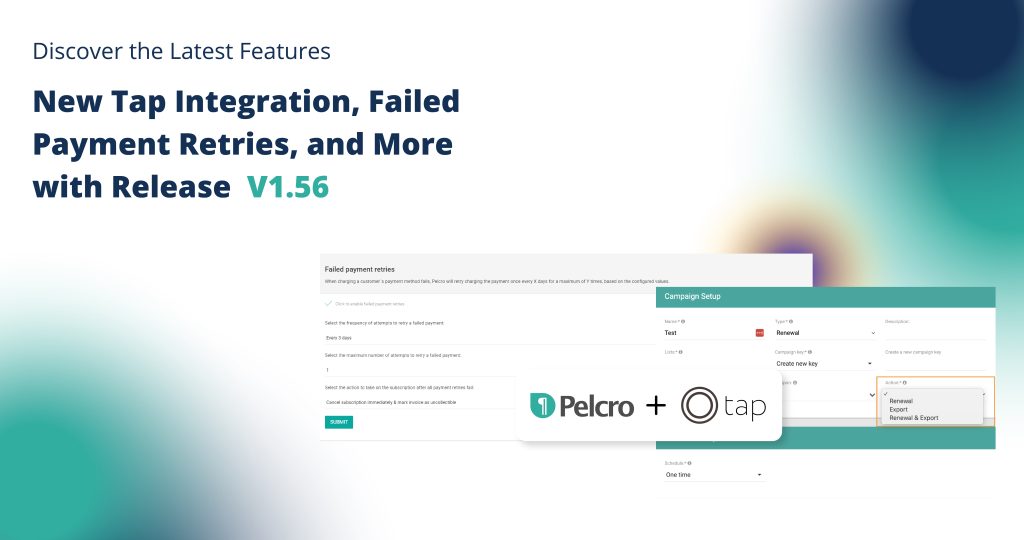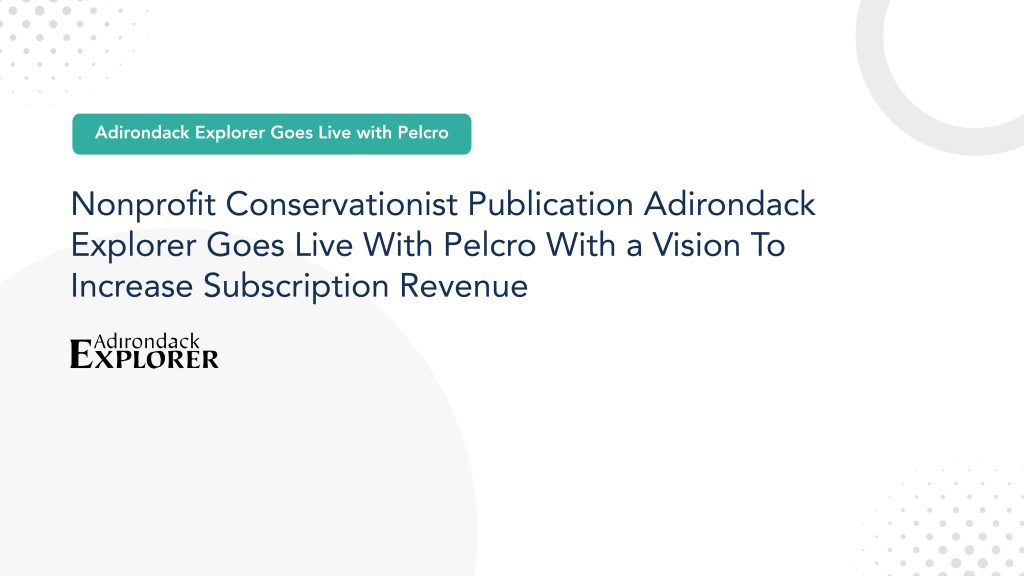
Paywall conversion rates are pivotal to the sustenance of any given digital publication, especially when the publication is primarily funded by its readers. We often get asked, “which paywall strategy works best?”. And to provide you with an answer that can help you with planning, strategizing, and accomplishing your desired conversion-oriented objectives, we will take a rather unconventional route. So, in this blog, rather than answering the question of “which paywall strategy works best?”. We will be talking instead about how stop rates can determine and impact the success of your paywall strategy.
What Is a Paywall Stop Rate?
The stop rate is the percentage of users intercepted by your paywall over a given period. So if you are running a metered paywall where the limit is two free articles, the stop rate is calculated every time your reader goes for the third article and is confronted with your paywall.
Why Should You Care About Paywall Stop Rates as a Digital Publisher?
Your stop rate acts like your paywall’s heart monitor, providing you with vital data regarding your gating strategy. Through it, you can assess, diagnose, and prescribe the right course of action that needs to be taken to better improve your paywalls, leading to better conversions overall.
Why Stop Rates Matter:
Assess the Success of Your Newsroom
The first reason is to abide by a data-centric approach that enables you to analyze your given data and make the best out of it. In this case, your stop rates provide you with the necessary data to determine and assess the success of your newsroom.
In the era of unreliable, misleading, and subjective information we live in, reader trends have shifted when thinking about the role of journalism. Readers understand now more than ever that a price must be paid for them to get their hands on reliable content. And it is considered more trustworthy if it is paid by them to serve their best interests rather than an outside influence trying to force other interests first.
So, stop rates help you assess whether your current newsroom is following the latest reader trends and behaviors. Thus, ensuring that your newsroom is aligned and aware of the type of content people are hungrier to digest. Unsurprisingly, it’s pretty simple to tell why your users are not hitting any walls when the meter is set to just two articles.
Determine Which Type of Paywalls Work Best For Your Content
Stop rates also help you determine the type of paywall strategy that best fits your content. When first deciding on the gating strategy, stop rates are a key metric that enables you to determine, first of all, the eligibility of the given strategy and, second of all, the effectiveness of it altogether.
If you’re unsure whether to go for a hard/aggressive paywall or a soft/metered one, your stop rates can help, and here is how. But first, you need to understand the following:
Page views per person: This number will be the common denominator between all your strategizing and planning, as your page-views-per-person tells you how many page-views a single reader goes through, say per month. And based on that number, you’ll understand how many times that reader hits the stop rate during that month.
So, if 90% of your audience does less than two page views per month, then a metered paywall offering three page views (which may seem very low) is technically only targeting just around 10% of your audience!
How Pelcro Can Help Improve Your Paywall Game
Pelcro, we aim to make your journey to a profitable subscription business seamless. To learn more about Pelcro, Book a Demo with one of our representatives for an exclusive one-on-one product tour, or get started with your free trial right away and see for yourself.

As a true believer in the power of the word, I like to think of myself as someone who composes expressions that provide substance. For a living, I shape the word and cater it to whoever is willing to beguile their zealous, curious, and inquisitive self into the depths of my meaning. And through my work, my inner techie strives to unravel both the simplicity and profundity of the technical message I aspire to deliver so simply.



